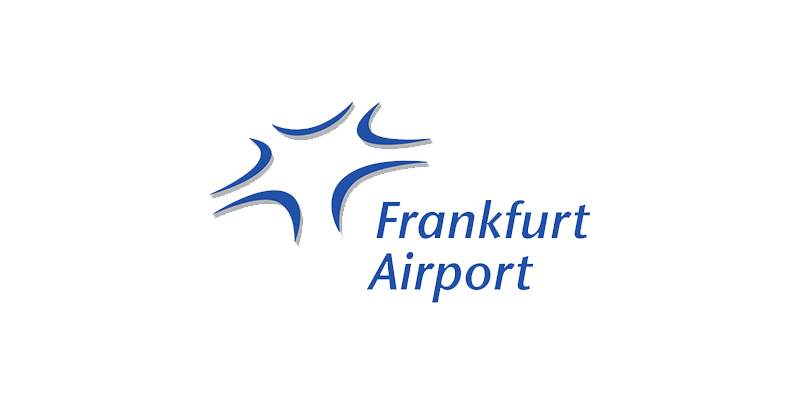In the dynamic world of aviation, airlines and airports are adapting to post-pandemic challenges and embracing opportunities.
In 2024, the aviation sector is expected to recover fully from the pandemic. In December 2023, the volumes were close to 98% of the 2019 volumes, with a steep incline at the end of the year. It has become apparent that global events massively impact operations, requiring airlines to navigate disruptions with agility. Despite challenges, the aviation industry remains a symbol of connectivity and progress, opening new routes for economic growth and cultural exchange. Airlines and airports already work together to shape a more sustainable and efficient future for air travel. IATA actively supports the implementation of the Fly Net Zero program (net-zero carbon emissions from operations by 2050), including e.g. NetZero roadmaps, advancement of sustainable aircraft fuel commercialization as well as the implementation of CORSIA, the ICAO carbon offsetting scheme for international aviation.
We support airlines (passenger and cargo) and airports to improve delivery performance and resource utilization while increasing productivity and pushing for carbon-neutral (and eventually net-zero) targets. With our extensive industry knowledge, we tailor our solutions and services to your needs to help you realize your business objectives.
“With our solution, we make a significant step to improve our operational excellence. The optimal deployment of our entire workforce would not have been possible without this solution. We now plan our skilled workforce as optimal as possible, ensuring our service to our customers”
Director – Operations & Supply Chain
Challenges in Aviation
Like many industries, aviation is facing a pivotal challenge: the pursuit of sustainability. Bound by strict regulations and safety measures, breakthroughs in sustainable aviation technology will take time. The most promising new technologies are electric or hybrid aircraft as well as fully sustainable aircraft fuel.
While technological breakthroughs take time, challenges that reduce CO2 emissions on a strategic level can be taken up regardless of those. They include decisions such as which network to operate to reduce carbon emissions by using jet streams to the maximum, at what time of day the aircraft depart and arrive to ensure renewable energy can be used for ground operations, and of course, which aircraft type flies which route exactly.
Fortunately, in day-to-day operations, sustainability targets often coincide with (cost) efficiency. When a company increases the passenger load factor, then the CO2 emissions per passenger go down. If the company manages to reduce the number of aircraft flying, the total CO2 emission drops even more as one less aircraft can be purchased and maintained. Similar logic applies to the cargo divisions for increasing the cargo space utilization on a flight. Therefore passenger load factors and space utilization must go up. Next to that, certain flights can be replaced with road feeder services (or in the longer-term future perhaps even rail service in more locations), that provide more flexibility and reduce CO2 emissions even further. Airports benefit from improved planning, by adjusting the supply and demand of staff, but also of electrified resources to be in sync with times when renewable energy is widely available.
A multitude of daily decisions can be taken to both benefit the company’s bottom line as well as reduce CO2 emissions, while at the same time improving performance.
Though sustainability and efficiency are important trends in aviation, operational disruptions, resource shortages and unforeseen events demand agility and resilience from airlines too. Labor shortages in critical areas, including ground services, maintenance, and workforce planning, are hampering operational efficiency, service quality and customer satisfaction. Addressing these challenges requires a strategic approach to planning that considers operational needs, resilience and workforce constraints.
Optimal scheduling of tasks and workforce planning can mitigate the impact of shortages and unforeseen events by ensuring that the available workforce is utilized optimally, even in case of disturbances.
Collaborative efforts between airlines and airports allow for further optimization towards a resilient and sustainable future. Achieving the Fly Net Zero targets by 2050 will require the coordinated efforts of the entire industry (airlines, airports, ground agents, air navigation service providers, manufacturers) and significant government support. We support companies (or collaborations between companies) to achieve these targets by implementing green and sustainable solutions, that optimize CO2 reduction, cost efficiency and customer satisfaction at the same time.
Aviation Solutions Made for You
With our focus on operational and planning efficiency, as well as our deep knowledge of green software, we enable airlines and airports to achieve their sustainability goals. We support airports, passenger, and cargo airlines to improve delivery performance and resource utilization while increasing productivity. With our extensive industry knowledge, we tailor our solutions and services to your specific needs, to help you realize your business objectives.
Our solutions provide the answer to a wide range of your planning challenges: from capacity planning related to the workforce to meeting promised quality and performance levels on the day of operations. We help you transform your operations by supporting planners to make the best planning decisions possible leading to greater operational efficiencies, decreased cost, and reduced environmental impact.
Our solutions include:
- Ground Services Planning
- Maintenance Planning
- Workforce Planning
- Gate Services Planning
- Air Cargo Planning
- Galley Planning
- Catering Planning
- Fleet and Network Planning
Our Solutions – Your Benefits
We begin each project by defining the strategy for the value we can bring to our customers. For Aviation, these include:
- Increase of passenger load factor
- Increase of cargo space utilization
- Reduction of CO2 emissions: Reduce direct emissions, optimize the timing of activities and measure and choose suppliers.
- Increased utilization of workforces: Enhance efficiency through smart scheduling.
- Reduction of ground transportation costs: Streamline processes for significant cost savings.
- Optimized ground operations revenue: Maximize revenue from on-ground activities.
- Reduction of penalty costs: Proactively address issues to avoid penalties.
- Ability to schedule maintenance to not interfere with daily planning.
- Reduction of baggage loss: Improve operational procedures to enhance passenger experience.
- Increased employee satisfaction
Resources





